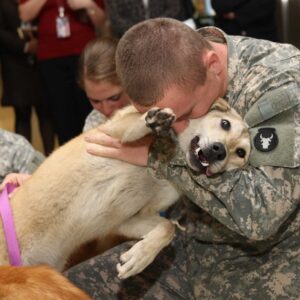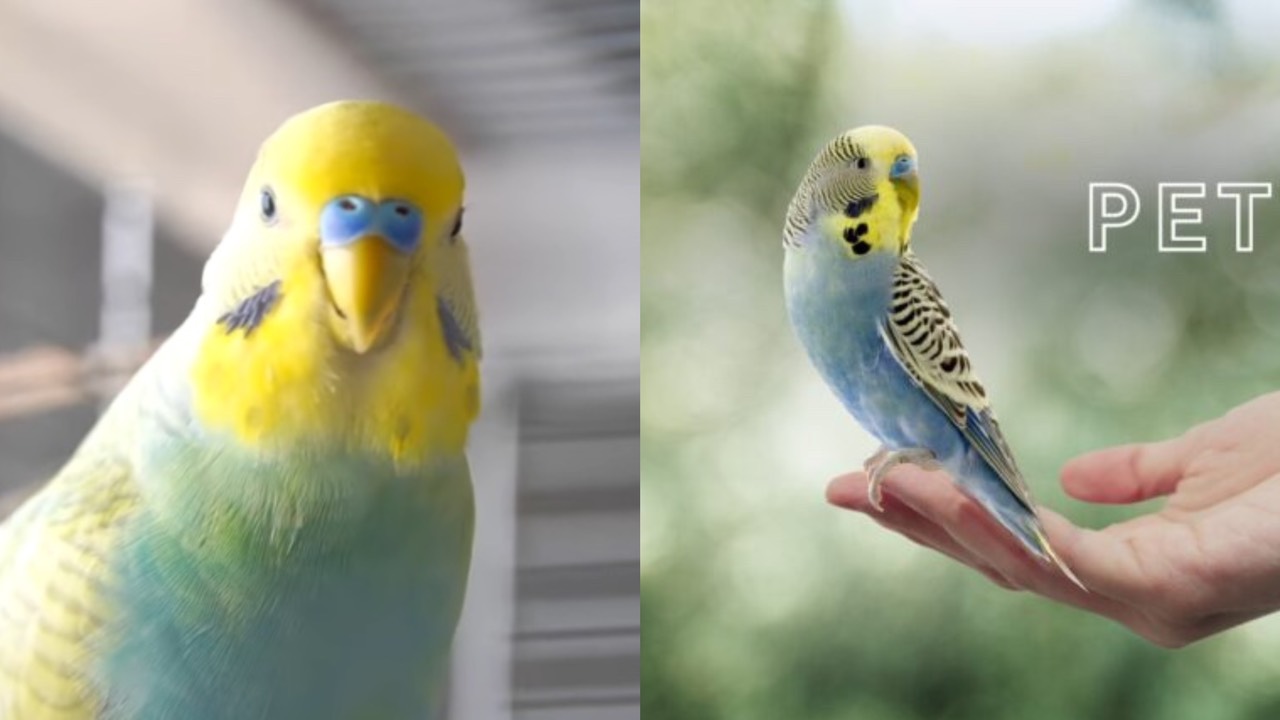
When it comes to the world of pet birds, the names “budgie” and “parakeet” are often used interchangeably, leaving many prospective bird owners scratching their heads. With their captivating colors and adorable personalities, both these birds have a lot to offer, but are they really the same thing?
In this blog post, we’ll talk about the similarities and differences between budgies and parakeets to help you make an informed decision for your next feathery friend.
About Pet Birds

Before diving into the specifics of budgies and parakeets, it’s essential to understand the broader world of pet birds. Birds can bring a lot of joy to a home, but their care is different from that of a dog or a cat. They have specific social, emotional, and health needs that should be carefully considered.
Understanding the particular characteristics of various bird species can help you pick a bird that fits well with your lifestyle. For example, some birds are great talkers, while others are more visually stunning; some require elaborate care, while others are relatively low-maintenance.
The Language of Names
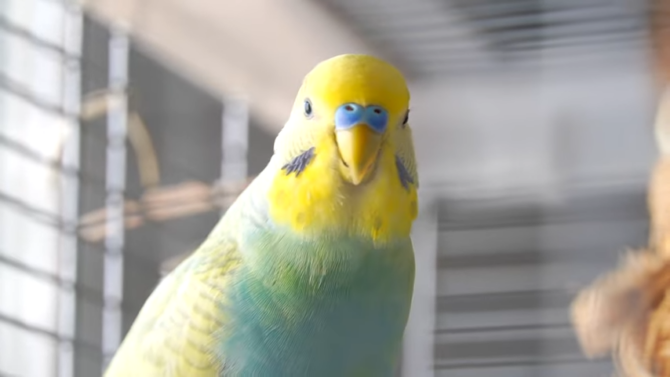
Why Names Matter
The terminology we use to refer to animals often shapes our understanding of them. With the terms “budgie” and “parakeet” frequently thrown around interchangeably, it’s easy to assume that they are identical. However, while all budgies are parakeets, not all parakeets are budgies.
Taxonomy 101
In the world of ornithology, taxonomy plays a crucial role in classifying birds. Parakeets belong to the Psittacidae family, which includes over 400 species. The term “budgie” is short for “budgerigar,” which is a specific type of parakeet native to Australia, scientifically known as Melopsittacus undulatus. So, in short, calling a budgie a parakeet is accurate, but calling a parakeet a budgie could be incorrect unless it is a budgerigar.
Physical Characteristics

Color and Markings
At first glance, both budgies and other types of parakeets share similar striking colors. However, a closer look reveals distinct differences. Budgies are often green in the wild but have been bred in various colors like blue, yellow, and even albino.
Their feathers are more uniformly colored. Other types of parakeets, such as the Indian Ringneck or Alexandrine parakeet, may have more complex patterns and a wider range of colors. For instance, the Indian Ringneck comes in shades like turquoise and gray, and males have a characteristic black ring around their necks.
Size and Build
When it comes to size and build, budgies are generally smaller, measuring around 6-8 inches from beak to tail. They are more streamlined and agile, making them excellent fliers. Other parakeet species, like the Monk Parakeet or the Alexandrine parakeet, are generally larger, sometimes reaching up to 16-23 inches in length.
These birds are often bulkier and less agile than budgies but may have stronger beaks and larger wings.
Behavior and Personality
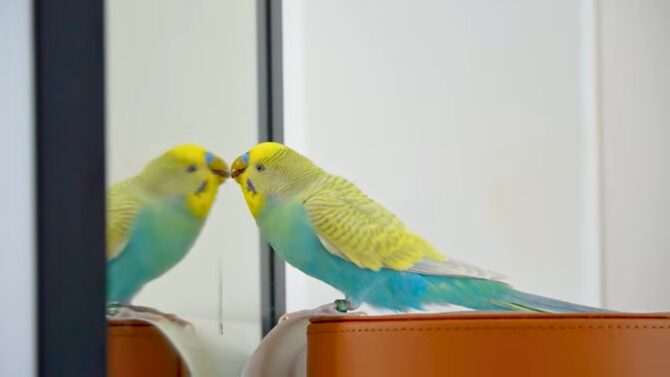
Social Dynamics
Both budgies and parakeets are social creatures, but their social needs can vary. Budgies are known for their playful nature and are usually happier when they have company, either from humans or other budgies.
They are generally easy to tame and can form strong bonds with their owners. Other types of parakeets may require more complex social interactions. For instance, the Indian Ringneck is more independent and may not seek out human interaction as much as a budgie would. Understanding the social needs of your specific parakeet species is crucial for their well-being.
Talking Ability
One of the aspects that make these birds so charming is their ability to mimic human speech. While both budgies and other types of parakeets can talk, their abilities vary.
- Budgies: Known for clear speech and ability to learn extensive vocabularies.
- Indian Ringnecks: Have a raspy voice but can also learn a wide range of phrases.
- Alexandrine Parakeets: Less proficient in mimicking human speech but have a natural call that is more melodious than other parakeets.
Care Requirements
Housing
When it comes to housing, both budgies and parakeets require spacious cages with horizontal bars for climbing. However, the cage size may differ based on the bird’s size and activity level.
- Budgies: A minimum cage size of 18x18x24 inches is generally recommended.
- Larger Parakeets: They may require a cage that is at least 24x24x36 inches.
Diet
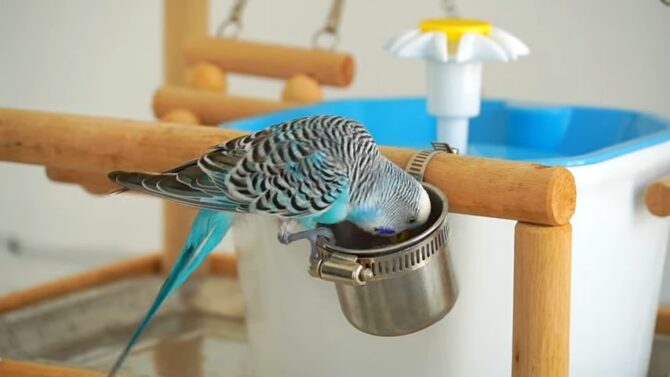
Diet is another critical area where budgies and other parakeets differ. While both primarily eat seeds, fruits, and vegetables, the ratios may vary.
- Budgies: Require a balanced diet of specialized budgie seed mix, supplemented with fruits and vegetables.
- Other Parakeets: May require a diet richer in fruits and nuts, depending on the species.
Understanding the specific dietary needs of your bird is crucial for their long-term health and well-being.
Lifespan Comparisons
When considering a pet, it’s crucial to think about how long they will be a part of your family. Budgies generally have a lifespan ranging from 5 to 10 years, although with excellent care, some have lived up to 15 years.
On the other hand, larger parakeet species like the Indian Ringneck can live up to 25 years or more. The longevity of your pet bird not only commits you to long-term care but also allows you to build a longer relationship with them.
Common Health Issues
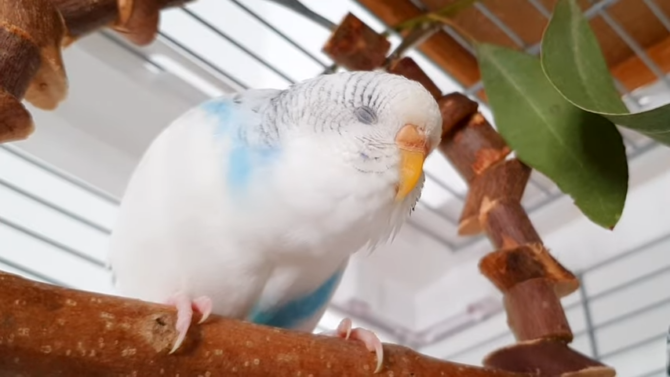
Birds can suffer from a variety of health issues, and understanding these can prepare you for better care. Budgies are prone to conditions like respiratory infections, mites, and egg-binding in females. In contrast, larger parakeet species can be prone to beak and feather disease, as well as metabolic disorders often due to inadequate nutrition. Regular vet check-ups specialized in avian care are a must, irrespective of the bird species you choose.
Taming and Training
Both budgies and other parakeet species are intelligent and capable of learning various tricks, commands, and even obstacle courses. However, budgies are generally considered easier to train due to their sociable nature and eagerness to interact with humans.
Larger parakeet species may require more advanced training techniques and more time to establish trust, but once you break the initial barriers, they can be incredibly rewarding companions.
Enrichment Activities
Birds of both types thrive on mental and physical stimulation. While toys, bells, and swings are great for both, each has its own unique needs.
- Budgies: Love puzzle toys and mirrors, which engage their inquisitive nature.
- Larger Parakeets: May enjoy foraging toys that challenge them mentally and keep them occupied for longer periods.
Financial Considerations

Initial Costs
Both budgies and larger parakeet species require an initial setup that includes a cage, food dishes, toys, and other necessities. However, the cost for budgies is usually lower due to their smaller size requiring a smaller cage and less food.
For larger parakeet species, you may need to invest in a more extensive cage and more toys to keep their active minds stimulated, driving the initial cost higher.
Long-term Costs
Ongoing costs include food, vet visits, and occasional replacements for toys and perches. Budgies, being smaller, generally eat less and may incur lower veterinary fees for smaller doses of medications or treatments. However, larger parakeets may require specialized diets or larger quantities of food, and their healthcare, given their longer lifespans, could be more costly in the long run.
FAQs

What Is the Average Size and Weight of Budgies and Parakeets?
- Budgies: Average height is 5-7 inches, and weight is 30-40 grams.
- Parakeets: Average height is 5-18 inches, and weight is 30-50 grams.
What Is Their Lifespan?
- Budgies: 5-10 years
- Parakeets: 10-20 years
How Much Exercise Do They Need?
- Budgies: 20-30 minutes a day
- Parakeets: 20-40 minutes per day
Are Budgies and Parakeets Family-Friendly?
Yes, both are family-friendly and are known to be good with children.
How Easy Is It to Train Budgies and Parakeets?
Both birds are highly intelligent and easy to train. They are also capable of mimicking speech, with some having an estimated vocabulary of over 1,500 words!
What Are Their Grooming Needs?
- Budgies: Low grooming needs
- Parakeets: Low to moderate grooming needs
Are They Suitable for Beginners?
Yes, both are considered suitable for beginners. Budgies are often recommended for those who have never had a bird before due to their smaller size and lower maintenance needs.
Final Words
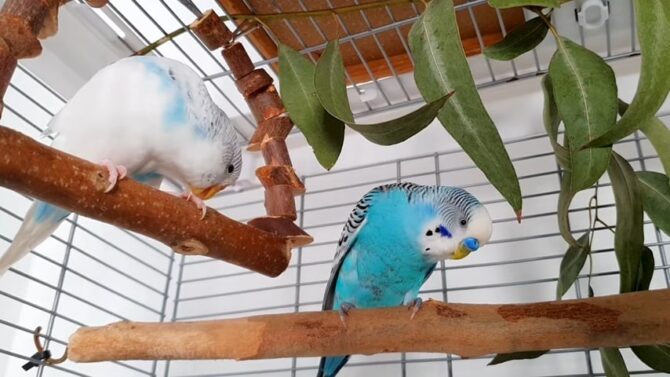
While budgies and parakeets may seem similar at first glance, a closer examination reveals several differences, ranging from physical characteristics to care requirements. Whether you prefer the playful nature of a budgie or the more independent demeanor of other parakeet species, understanding these differences can help you choose the perfect feathery companion for your home. So the next time someone says “budgie” and “parakeet” are the same thing, you’ll know better—and you’ll be equipped to make an informed decision for your next pet bird!




